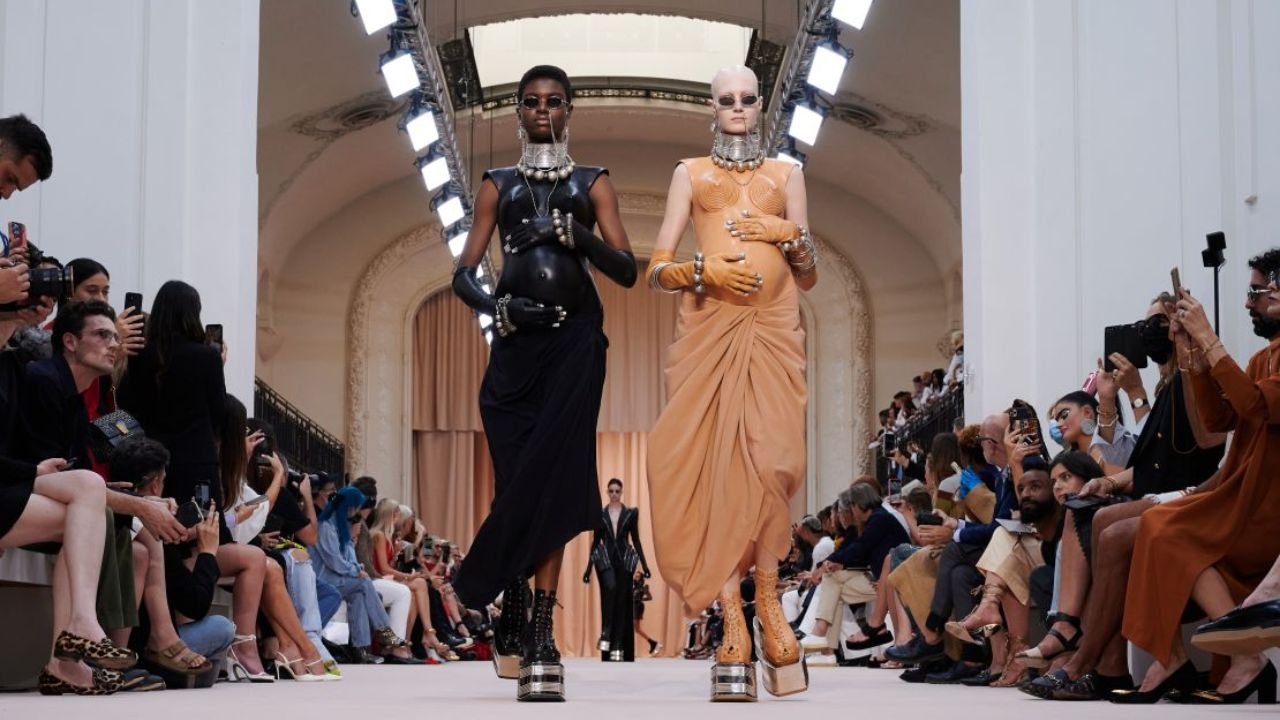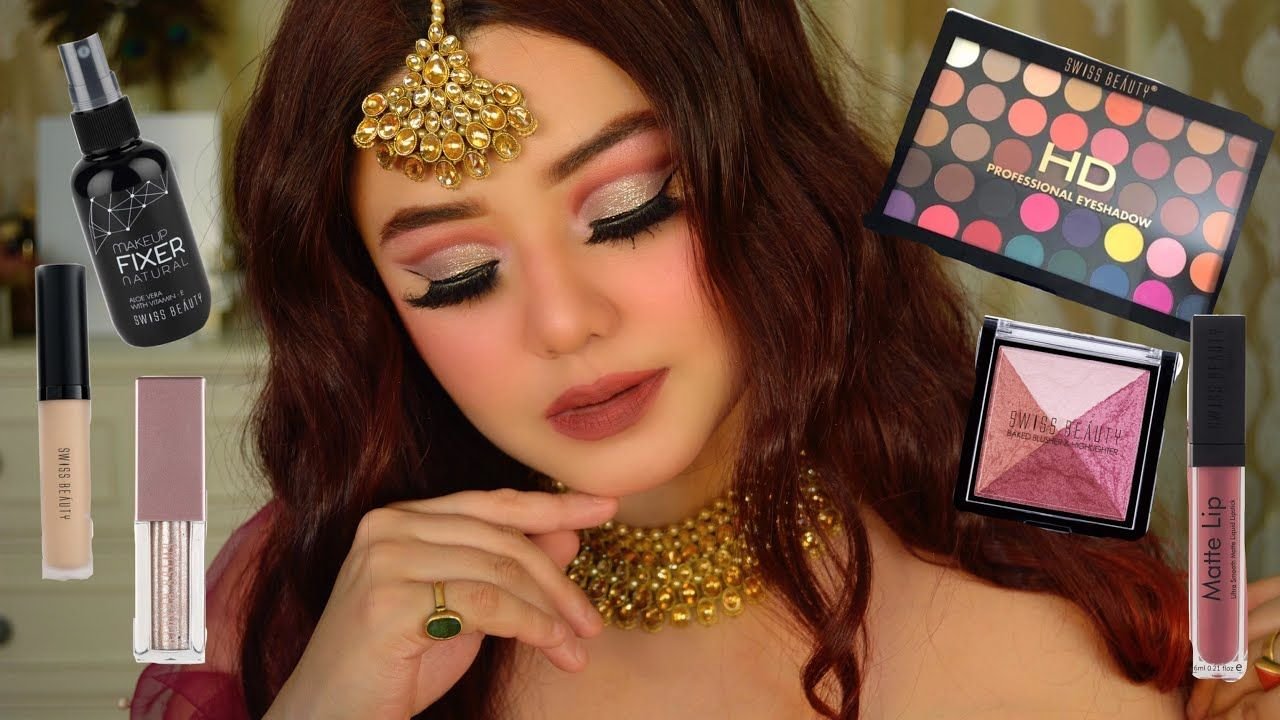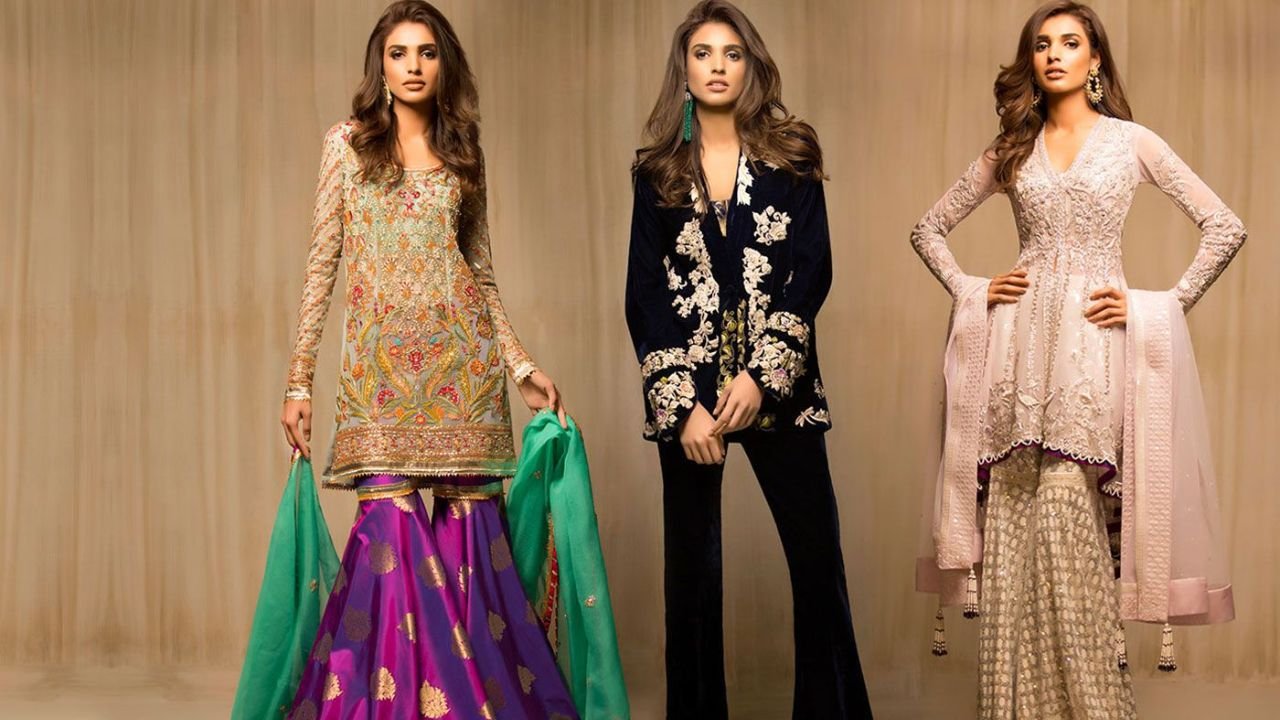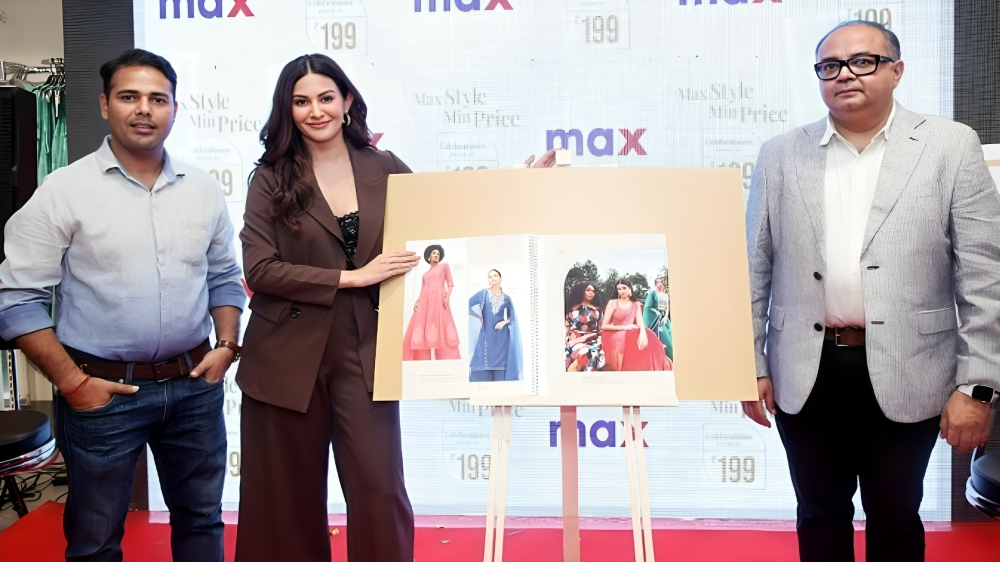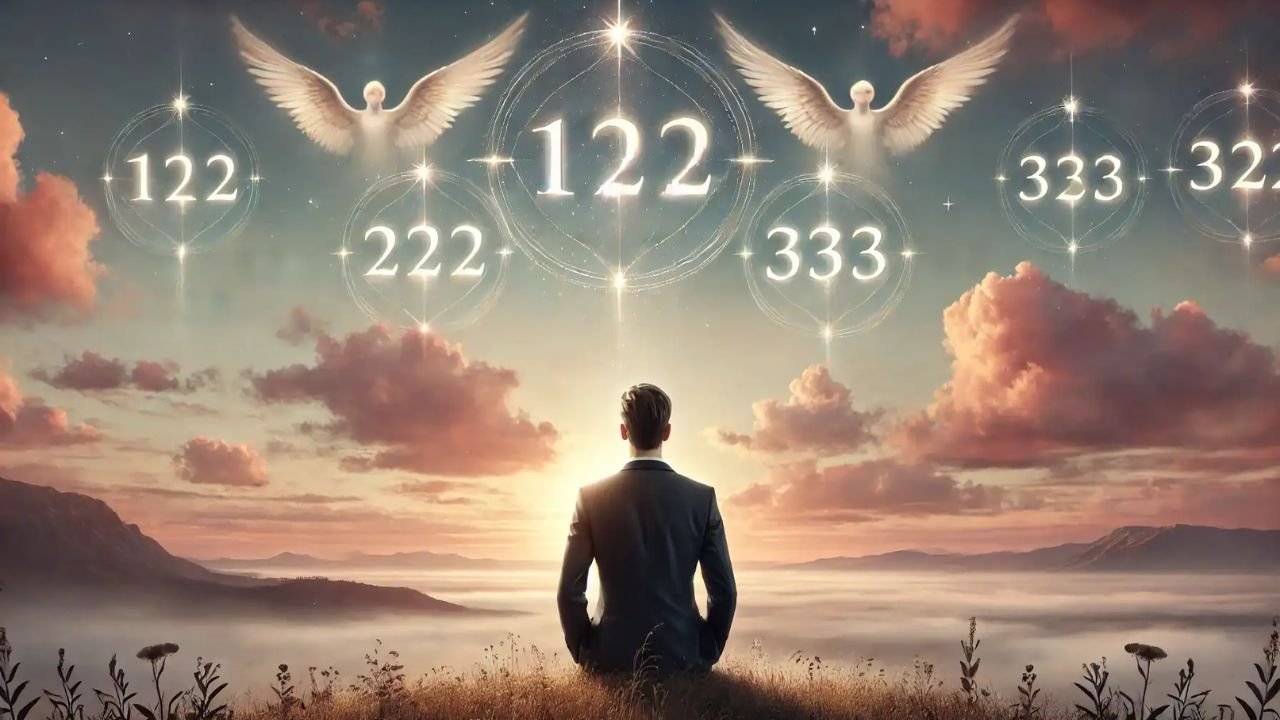The most exclusive part of Paris Fashion Week, called Haute Couture Week, was held from July 7 to July 10. It is not just any fashion event—it represents the highest form of fashion design, where creativity, imagination, and craftsmanship come together.
Designers from the most prestigious fashion houses, such as Chanel, Dior, Rahul Mishra, Schiaparelli, Giorgio Armani Privé, and Maison Margiela, showcased their latest work. These collections were presented under the careful guidance of the Fédération de la Haute Couture et de la Mode, which is the official fashion body that controls who can call their work “haute couture.”
Haute couture, which means “high sewing” in French, refers to luxurious, handmade clothing that is custom-made for individual clients. These pieces are made with the finest fabrics and delicate details and are often hand-stitched, taking many hours or even weeks to complete.
To be officially recognized as a haute couture fashion house, a brand must follow strict rules: they must have a workshop in Paris, employ at least 20 full-time artisans, and present two collections each year, in January and July, with a minimum of 25 original looks per show.
The garments shown during Haute Couture Week often look very dramatic or unusual—for example, with large headpieces, metallic bodysuits, or strange shapes that seem impossible to wear in real life.
This makes many people ask, “What is the purpose of such clothes if no one can wear them?” The answer is that these clothes are not designed for everyday wear but to express the designer’s creative vision and show off the fashion house’s skills and artistic abilities. These are like pieces of art—meant to be admired for their beauty, uniqueness, and the message they carry.
Apart from being artistic, haute couture is also a symbol of wealth, power, and social status. These garments are incredibly expensive and are bought only by a very small group of wealthy people.
The concept of buying something luxurious just to show status is called “conspicuous consumption.” This term was created by economist Thorstein Veblen in 1899. He explained that rich people often spend money on things that have no practical use, just to show how rich and powerful they are. Haute couture fits this idea perfectly—the more difficult, expensive, or impractical the clothing is, the more it shows the customer’s status.
Even though these clothes may never be worn in everyday life, their purpose goes beyond wearability. They are meant to inspire and influence the rest of the fashion world. Designers use the runway as their gallery, and these extravagant clothes are their way of making a statement.
Fashion designer Akshar Bhan explained that understanding haute couture is like understanding a painting by Picasso—you may not get it at first unless you know the story behind it. He said that creating a couture outfit takes extreme effort, from embroidery to stonework, and it reflects the designer’s style and imagination.
Haute couture also plays an important role in shaping what regular people will eventually wear. This is called the “trickle-down effect.” Many of the ideas seen on couture runways—such as color schemes, fabric textures, and unique patterns—will later appear in ready-to-wear fashion collections, but in simpler, more wearable forms.
In the past, fashion shows were only open to fashion experts, buyers, and magazine editors. But now, thanks to social media and live streaming, everyone can watch these shows as they happen, and trends spread faster than ever.
According to Muskaan Kanodia, a merchandiser at COYU, each brand also has a unique “design language.” This means the brand’s clothes, colors, shapes, and even the type of fabrics reflect its identity and values.
For example, Dior’s style is more subtle and elegant, while designers like Rahul Mishra and Iris van Herpen use bolder ideas and experiment with nature, technology, and surreal elements. These design languages help customers recognize and connect with a brand, just like a signature in art.
In conclusion, haute couture is not just about fashion, and it’s definitely not only about wearable clothing. It is a powerful combination of art, identity, status, and creativity. These shows are meant to express bold ideas, honor traditional craftsmanship, and push the limits of what fashion can be.
Whether it’s through the hand-sewn details, the grand storytelling, or the influence on future fashion trends, haute couture remains one of the most fascinating and artistic parts of the fashion world.

